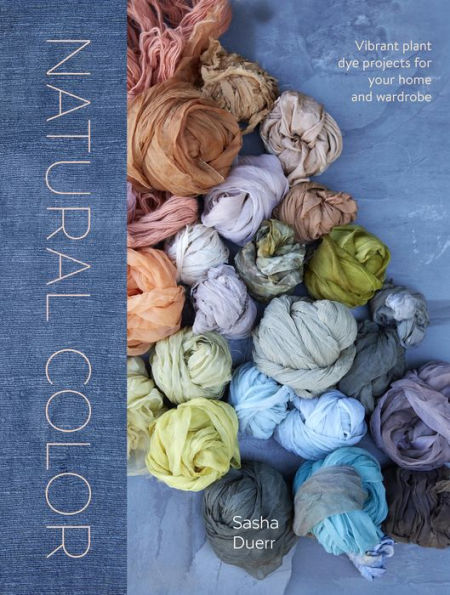A beautiful book of seasonal projects for using the brilliant spectrum of colors derived from plants to naturally dye your clothing and home textiles.
Organized by season, Natural Color is a beautifully photographed guide to the full range of plant dyes available, drawn from commonly found fruits, flowers, trees, and herbs, with accompanying projects. Using sustainable methods and artisinal techniques, designer, artist, and professor Sasha Duerr details achievable ways to apply these limitless color possibilities to your home and wardrobe. Whether you are new to dyeing or more practiced, Duerr's clear and simple ingredients lists, step-by-step instructions, and detailed breakouts on techniques such as shibori, dip-dye, and block printing will ensure beautiful results. With recipes to dye everything from dresses and sweaters to rugs and napkins, Natural Color will inspire fashion enthusiasts, home decorators, textile lovers, and everyone else who wants to bring more color into their life.



